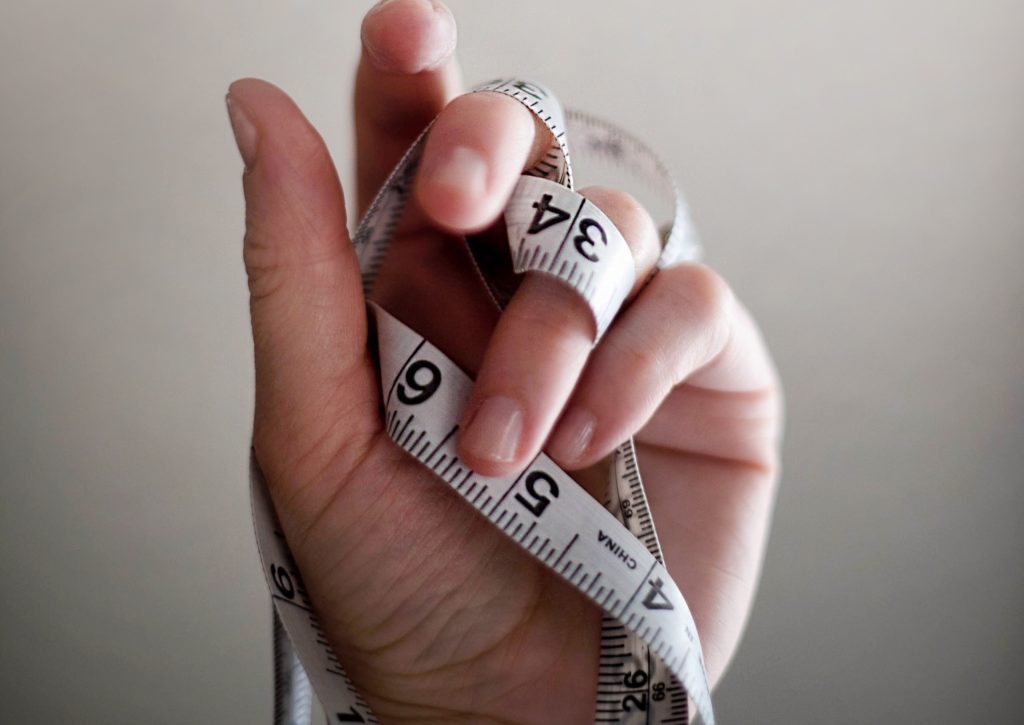Tips for Finding the Perfect Fit When Shopping Online

Finding clothes that fit perfectly can be a challenge, especially when shopping online. With no opportunity to try items on before purchasing, it’s easy to end up with the wrong size. However, with a few key strategies, online shoppers can significantly increase their chances of a successful fit. Whether you’re looking for a new wardrobe staple or an outfit for a special occasion, these tips are essential. Keep reading to become a savvy online shopper who knows how to find the perfect fit every time.
Understanding Size Charts for Accuracy in Online Shopping
Online shopping can be tricky when it comes to sizes, but size charts are your best friend. They translate a brand’s sizing into your body measurements, but remember, not all mediums are the same across retailers. Pay close attention to where and how measurements are taken to avoid surprises when your order arrives. A helpful tip is to measure a well-fitting item you own and compare it to the chart.
For precision, understand how each store measures things like waistbands differently. When unsure, contact customer service for guidance. They can offer detailed insights or recommend a size based on your measurements. If you want a variety of sizes and styles catering to different body types, consider visiter www.reitmans.com, where fit and customer satisfaction matter.
Reading Customer Reviews for True-to-Size Insights
Customer reviews are a valuable resource for online shoppers. They offer firsthand accounts of how items fit, particularly regarding whether they run large, small, or true to size. Look for consistent feedback to gauge what to expect when ordering. Not all reviews are equal; prioritize those from customers with a similar body type to yours for more relevant insights. Photos included in reviews can also help assess fit and drape on a similar body type.
Be aware that some brands may filter reviews, so seek opinions from external sources like forums and social media for unfiltered feedback. While reviews are helpful, personal preference also influences fit. Balance reviews with your own measurements from size charts.

The Importance of Knowing Your Measurements
Knowing your body measurements is essential for successful online shopping. Regularly measuring yourself ensures accuracy, as sizes can change over time. Key measurements include bust, waist, hips, inseam, and sometimes shoulder width and arm length. Use a flexible tape measure and wear form-fitting clothes for accuracy. Being honest with yourself matters; a well-fitting item is more flattering than one too big or small.
Keep your measurements handy, either in a notebook or on your phone, for easy reference while shopping. This saves time and reduces the need for returns. Updating measurements regularly maintains a consistent fit. Knowing your measurements also enables you to explore international brands confidently, as sizing standards vary. This knowledge enhances your online shopping experience and expands your fashion options.
Navigating Return Policies Before Making a Purchase
Before buying online, grasp the retailer’s return policy. It can prevent you from keeping an unwanted item. Seek retailers with free returns for easier exchanges. Check the fine print to avoid surprises like final sale items or short return windows.
Make sure you have enough time to decide and return if needed. Keep records of receipts and tracking info for smoother returns. Documentation helps in disputes or delays. Some retailers allow in-store returns for online purchases, saving time and money compared to mailing returns.
Utilizing Virtual Fitting Tools Offered by Retailers
Online shopping for clothes has become more convenient thanks to virtual fitting tools. These tools use your measurements to create 3D models or suggest the best size. However, they’re not flawless, so it’s essential to cross-check their recommendations with size charts and customer reviews.
Look for brands that showcase clothes on models of various sizes. Some websites even offer views of how items look on different body types, aiding in assessing how a style might fit you. While virtual tools can assist, they’re not foolproof. It’s wise to be adventurous yet cautious, as errors in digital representation can occur. Always verify with other available information for the most accurate sizing estimate.
Overall, by understanding size charts, knowing your measurements, reading customer reviews, navigating return policies, and using virtual fitting tools, you arm yourself with the information needed to find well-fitting clothes when shopping online. It’s a mix of art and science that, when executed well, can lead to a stylish and satisfying wardrobe, and finding the perfect fit.

